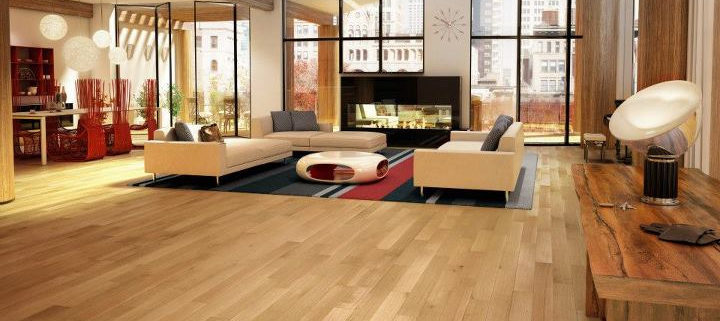Select the perfect flooring for your home renovation
Selecting the perfect flooring for your home renovation involves considering various factors, from aesthetics to functionality. Here’s a step-by-step guide to help you make the best choice:
1. Assess Your Lifestyle
- Traffic: Consider the amount of foot traffic in each area of your home. High-traffic areas like hallways and living rooms need durable flooring, while bedrooms may not require the same level of durability.
- Pets and Kids: If you have pets or young children, opt for scratch-resistant and easy-to-clean materials like luxury vinyl, tile, or certain types of hardwood.
- Allergies: For allergy sufferers, consider hard surfaces like wood, tile, or cork, which don’t trap dust and allergens like carpet.
2. Determine Your Budget
- Material Costs: Some materials, like exotic hardwood or natural stone, are more expensive than others, such as laminate or vinyl. Set a budget and research the cost of materials within that range.
- Installation Costs: Factor in the cost of professional installation, which can vary significantly depending on the material and complexity of the job. Some flooring, like carpet or vinyl planks, is easier and cheaper to install, while others, like hardwood or tile, may require more skilled labor.
- Long-Term Value: While some flooring materials may have a higher upfront cost, they could add significant value to your home or last longer, making them a better long-term investment.
3. Consider Room Functionality
- Kitchen and Bathrooms: These rooms require water-resistant or waterproof flooring options. Tile, luxury vinyl, and waterproof laminate are excellent choices.
- Living Areas: For living rooms and dining rooms, consider comfort and aesthetics. Hardwood, carpet, or high-quality laminate can create a warm and inviting atmosphere.
- Basements: Since basements are prone to moisture, choose materials like vinyl, tile, or engineered wood that can withstand damp conditions.
4. Evaluate Aesthetic Preferences
- Home Style: Choose flooring that complements your home’s architectural style. For example, wide plank hardwood or stone tiles work well in traditional or rustic homes, while sleek concrete or minimalist tiles suit modern interiors.
- Color and Tone: Light-colored floors can make spaces feel larger and more open, while dark floors add drama and warmth. Consider the color palette of your walls, furniture, and overall décor.
- Texture: Smooth, polished floors offer a clean, modern look, while textured finishes like hand-scraped wood or slate add character and depth.
5. Check for Durability and Maintenance
- Durability: Assess how much wear and tear the flooring will endure. Harder surfaces like tile, stone, and high-quality vinyl can withstand heavy use, while softer materials like carpet may show wear more quickly.
- Maintenance: Consider the maintenance requirements of each material. Some floors, like marble or certain woods, require regular sealing and polishing, while others, like vinyl or laminate, are low-maintenance.
- Stain Resistance: For areas prone to spills, choose flooring that is stain-resistant and easy to clean, such as tile or stain-resistant carpet.
6. Explore Eco-Friendly Options
- Sustainable Materials: If environmental impact is important to you, look for sustainable flooring options like bamboo, cork, or reclaimed wood.
- Recycled Content: Some flooring materials are made from recycled materials, such as recycled glass tiles or carpets made from recycled fibers.
7. Consider Acoustics
- Noise Reduction: If sound control is important, especially in multi-level homes, consider flooring options that provide sound insulation, such as carpet, cork, or certain types of underlayment that can be added beneath hard flooring.
8. Test Samples in Your Space
- Lighting Impact: Obtain samples and observe how they look in your home’s natural and artificial lighting. Colors and textures can look different depending on the light source.
- Feel Underfoot: Walk on the samples to assess comfort and texture. This is especially important for areas where you’ll be walking barefoot.
9. Future Proofing
- Resale Value: Consider how the flooring will affect your home’s resale value. Neutral, high-quality materials like hardwood or stone often appeal to a broader range of buyers.
- Long-Term Trends: While it’s tempting to follow current trends, also think about how your flooring choice will age. Classic choices like wood or stone are less likely to go out of style.
10. Consult a Professional
- Designer Input: If you’re unsure about your choice, consider consulting an interior designer. They can help match your flooring to your overall design vision and provide advice on material suitability.
- Installer Consultation: Talk to your flooring installer about your choices. They can offer insights into installation challenges, durability, and maintenance.
By considering these factors, you’ll be better equipped to choose the perfect flooring that balances style, function, and durability for your home renovation.



